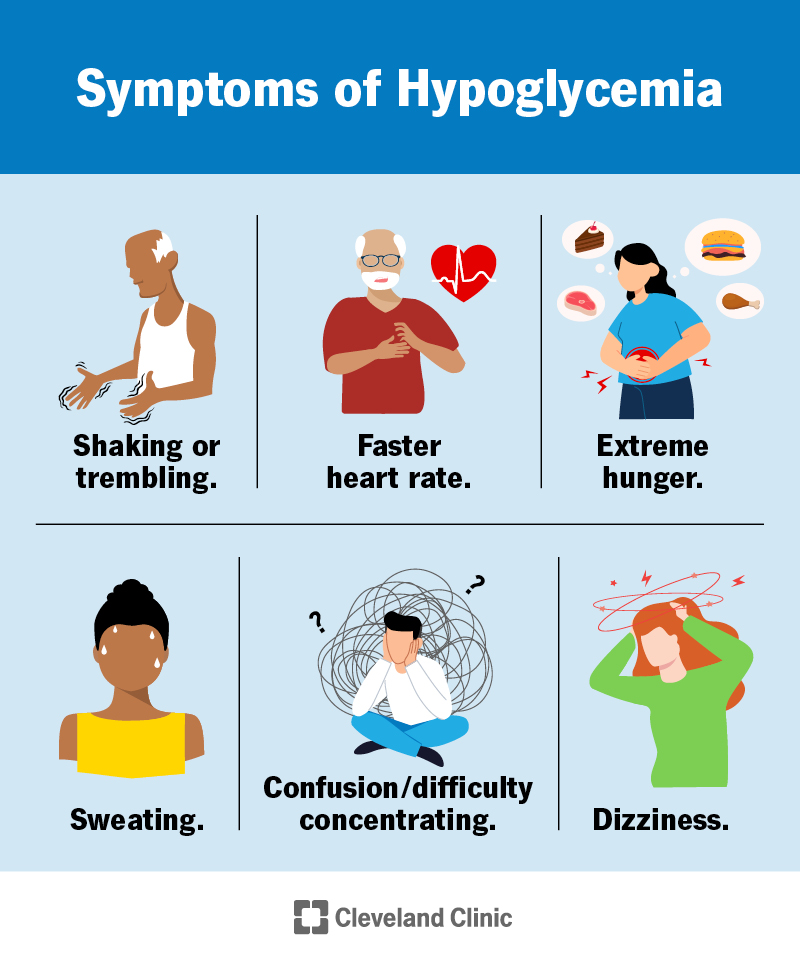A patient presents with a thyroid storm. Which of the following interventions is most appropriate to initially manage this condition?
Administer propranolol intravenously.
Administer dextrose 50% intravenously.
Administer levothyroxine orally.
Administer insulin to control hyperglycemia.
The Correct Answer is A
Choice A Reason:
Administering propranolol intravenously is the most appropriate initial intervention for managing a thyroid storm. Thyroid storm is a life-threatening condition characterized by severe hyperthyroidism, leading to symptoms such as tachycardia, hypertension, and hyperthermia. Propranolol, a non-selective beta-blocker, helps control these symptoms by reducing heart rate and blood pressure. Additionally, propranolol inhibits the peripheral conversion of T4 to T3, the more active form of thyroid hormone, thereby reducing the overall thyroid hormone activity. This makes it a critical first step in stabilizing the patient.
Choice B Reason:
Administering dextrose 50% intravenously is not the most appropriate initial intervention for thyroid storm. Dextrose 50% is typically used to treat severe hypoglycemia by rapidly increasing blood glucose levels. While maintaining adequate glucose levels is important, it does not address the primary issue of excessive thyroid hormone activity in thyroid storm.
Choice C Reason:
Administering levothyroxine orally is inappropriate in the context of thyroid storm. Levothyroxine is a synthetic form of T4 used to treat hypothyroidism, not hyperthyroidism. Administering it in a thyroid storm would exacerbate the condition by increasing the levels of thyroid hormone in the body.
Choice D Reason:
Administering insulin to control hyperglycemia is not the primary intervention for thyroid storm. While hyperglycemia can occur in thyroid storm due to increased metabolic activity, the immediate priority is to control the excessive thyroid hormone activity. Insulin administration would be secondary to stabilizing the patient’s thyroid function.
Nursing Test Bank
Naxlex Comprehensive Predictor Exams
Related Questions
Correct Answer is D
Explanation
Choice A Reason:
Warm and moist skin is not a typical manifestation of hypoglycemia. Instead, hypoglycemia often causes symptoms such as cold, clammy skin due to the body’s response to low blood sugar levels. Warm and moist skin can be associated with other conditions, such as hyperthyroidism or fever, but not hypoglycemia.
Choice B Reason:
A decreased appetite is not a common symptom of hypoglycemia. In fact, hypoglycemia can sometimes cause increased hunger as the body signals the need for more glucose. Symptoms of hypoglycemia are more related to the body’s immediate response to low blood sugar, such as shakiness, sweating, and confusion.
Choice C Reason:
Increased thirst is a symptom more commonly associated with hyperglycemia (high blood sugar) rather than hypoglycemia. When blood sugar levels are high, the body tries to eliminate excess glucose through urine, leading to dehydration and increased thirst. Hypoglycemia, on the other hand, does not typically cause increased thirst.
Choice D Reason:
Feeling shaky is a classic symptom of hypoglycemia. When blood sugar levels drop, the body releases adrenaline, which can cause shakiness, sweating, and a rapid heartbeat. Recognizing this symptom is crucial for individuals with diabetes to take immediate action to raise their blood sugar levels and prevent severe hypoglycemia.

Correct Answer is A
Explanation
Choice A Reason:
Administering IV levothyroxine is the priority intervention for a patient with myxedema coma. Myxedema coma is a severe form of hypothyroidism that requires immediate thyroid hormone replacement to correct the deficiency and stabilize the patient’s condition. Intravenous levothyroxine is preferred because it provides a rapid increase in thyroid hormone levels, which is crucial for reversing the life-threatening symptoms of myxedema coma, such as hypothermia, bradycardia, and altered mental status.
Choice B Reason:
Starting broad-spectrum antibiotics is not the primary intervention for myxedema coma. While infections can precipitate myxedema coma and should be treated if present, the immediate priority is to address the severe hypothyroidism with thyroid hormone replacement. Antibiotics may be administered if an infection is suspected or confirmed, but they do not directly address the underlying thyroid hormone deficiency.
Choice C Reason:
Administering corticosteroids immediately is important but not the highest priority. Corticosteroids are often given to patients with myxedema coma to treat potential adrenal insufficiency, which can coexist with severe hypothyroidism. However, the primary intervention remains the administration of thyroid hormone replacement to correct the hypothyroid state.
Choice D Reason:
Initiating fluid restriction is not appropriate for managing myxedema coma. Patients with myxedema coma often require careful fluid management to address potential hyponatremia and maintain hemodynamic stability. Fluid restriction is not a standard intervention for this condition and does not address the critical need for thyroid hormone replacement.
Whether you are a student looking to ace your exams or a practicing nurse seeking to enhance your expertise , our nursing education contents will empower you with the confidence and competence to make a difference in the lives of patients and become a respected leader in the healthcare field.
Visit Naxlex, invest in your future and unlock endless possibilities with our unparalleled nursing education contents today
Report Wrong Answer on the Current Question
Do you disagree with the answer? If yes, what is your expected answer? Explain.
Kindly be descriptive with the issue you are facing.
